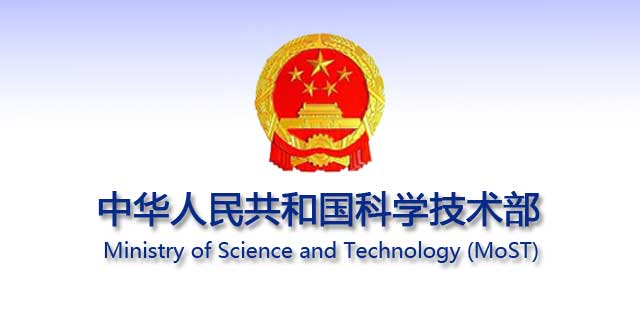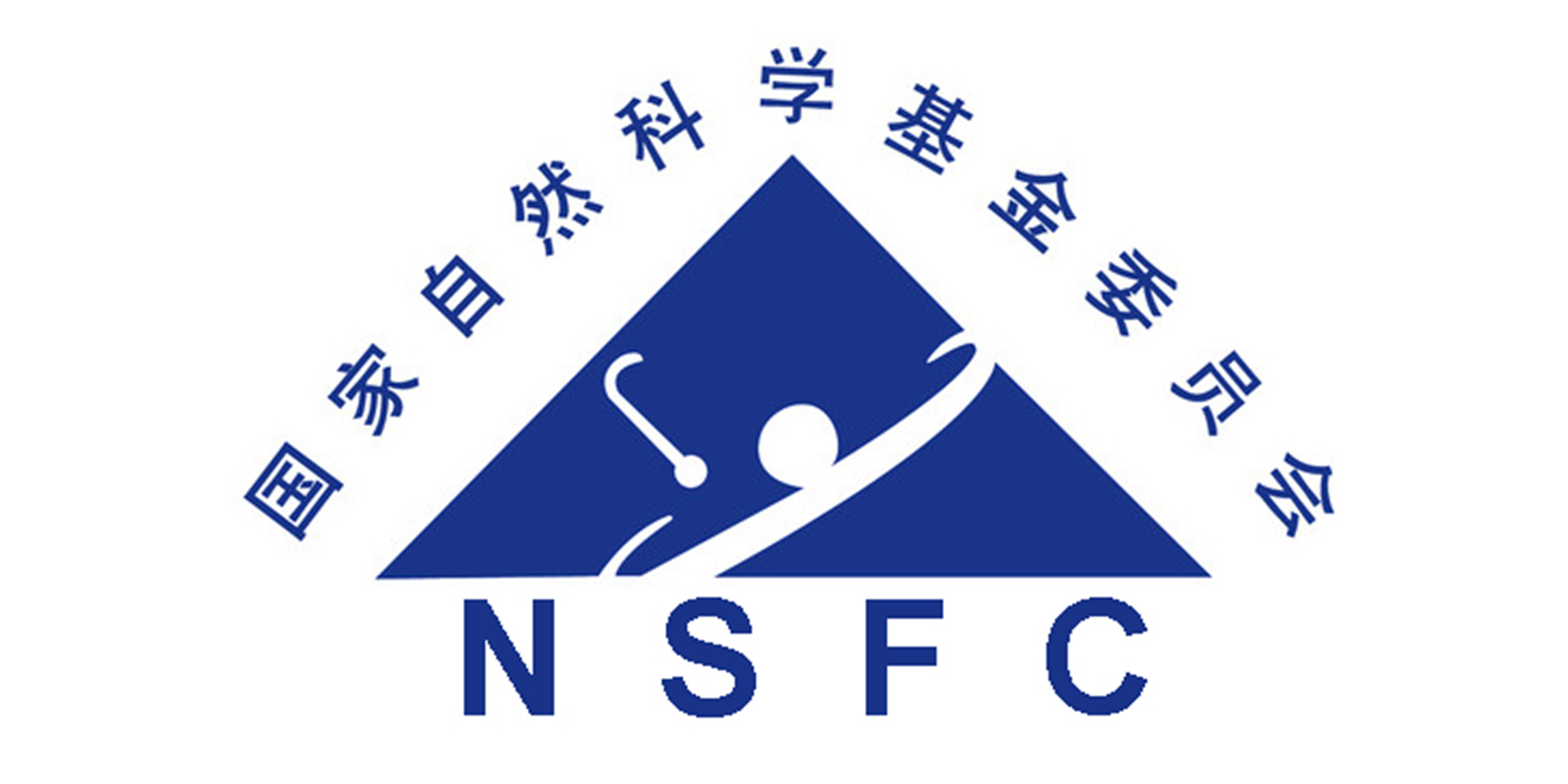
Over the past 3 decades we have witnessed great advances in astronomical studies in China, through the establishment of higher institution faculties, Astronomy Journals and increase in the astronomy research budget.
of higher institution faculties, Astronomy Journals and increase in the astronomy research budget.
Astronomical research institutions
Astronomical research institutions established by the Chinese Academy of Sciences and the Ministry of Education
-
Chinese Academy of Sciences (CAS)
-
National Astronomical Observatories
- The National Astronomical Observatories of the Chinese Academy of Sciences (NAOC) consists of three observing stations and one research center, under CAS.
-
NAOC constructs and operates a wide variety of facilities:
The Large Sky Area Multi-Object Fiber Spectroscopy Telescope (LAMOST)
The Five-hundred-meter Aperture Spherical Telescope (FAST)
The 21-Centimeter Array (21CMA)
The Chinese Solar Radio Heliograph (CSRH)
NAOC actively collaborates with scientists and institutions around the world. Together with its Chinese counterparts in other CAS institutes and Chinese universities, NAOC has vigorously participated in collaborations to construct:
The Thirty-Meter-Telescope (TMT)
The Square Kilometre Array (SKA) international project with 10 other countries
-
Purple Mountain Observatory (PMO)
- PMO is China’s first modern astronomical institute, focusing in high-energy astrophysics, solar physics and space astronomy exploration technology; star formation through the universe and corresponding terahertz technology; artificial satellite orbital dynamics and probe methods; planetary science, ephemeral astronomy and deep space exploration; and observational cosmology and galaxy formation. PMO’s research in astrophysics and celestial mechanics is grouped into four divisions: dark matter and space astronomy, Antarctic astronomy and radio astronomy, applied celestial mechanics and space objects and debris, and planetary sciences and deep space exploration. Each division consists of research groups, observation stations, and laboratories.
- Shanghai Observatory
- Shanghai Astronomical Observatory (SHAO), an institute of CAS,
- Major research fields in SHAO are Astro-geodynamics, Galaxies & Cosmology and Planetary Science.
- SHAO also develops technologies for astronomical observations and time & frequency applications.
- The main observational facilities include a 25-meter and a 65-meter radio telescope with a VLBI data processing center, a 1.56-meter optical telescope, and a 60-centimeter satellite laser ranging (SLR) telescope and GPS.
-
-
Ministry of Education
Multilateral cooperative research
The Ministry of Science and Technology (MOST) and the National Natural Science Foundation of China (NSFC) are part of the initiative to fund multilateral cooperative research activities amongst BRICS countries.


-
Mission of the BRICS Astronomy Working Group
-
The mission of the BRICS Astronomy Working Group is to promote cooperation between BRICS member countries in the field of astronomy and enabling technologies through joint activities of government, universities, research institutions, and industry, as relevant, to develop astronomical sciences, generate new knowledge, train human capital, develop new technologies and applications, and improve public understanding of science.
